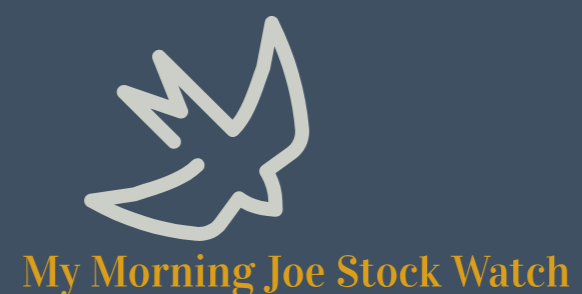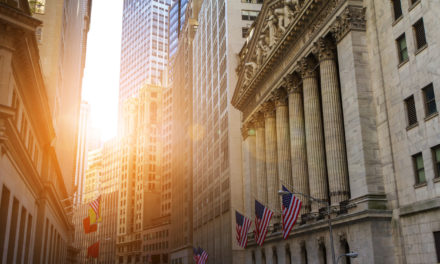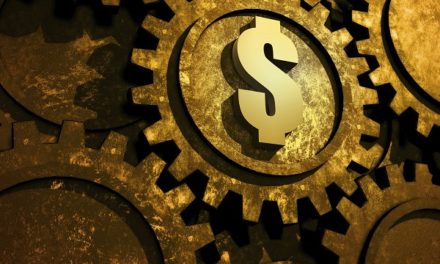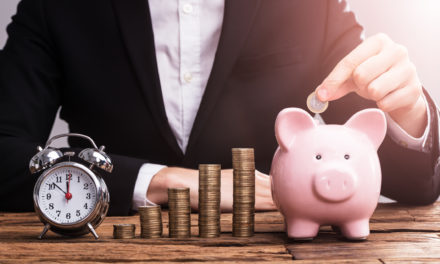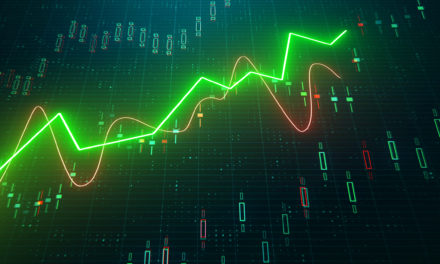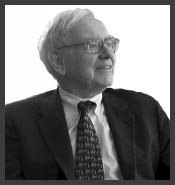
“Only buy something that you’d be perfectly happy to hold if the market shut down for 10 years.”
— Warren Buffett
The Warren Buffett investment philosophy calls for a long-term investment horizon, where a ten year holding period, or even longer, would fit right into the strategy. How would such a strategy have worked out for an investment into J.M. Smucker Co. (NYSE: SJM)? Today, we examine the outcome of a ten year investment into the stock back in 2015.
| Start date: | 01/02/2015 |
|
|||
| End date: | 12/31/2024 | ||||
| Start price/share: | $100.48 | ||||
| End price/share: | $110.12 | ||||
| Starting shares: | 99.52 | ||||
| Ending shares: | 132.44 | ||||
| Dividends reinvested/share: | $35.04 | ||||
| Total return: | 45.85% | ||||
| Average annual return: | 3.84% | ||||
| Starting investment: | $10,000.00 | ||||
| Ending investment: | $14,577.79 | ||||
As shown above, the ten year investment result worked out as follows, with an annualized rate of return of 3.84%. This would have turned a $10K investment made 10 years ago into $14,577.79 today (as of 12/31/2024). On a total return basis, that’s a result of 45.85% (something to think about: how might SJM shares perform over the next 10 years?). [These numbers were computed with the Dividend Channel DRIP Returns Calculator.]
Dividends are always an important investment factor to consider, and J.M. Smucker Co. has paid $35.04/share in dividends to shareholders over the past 10 years we looked at above. Many an investor will only invest in stocks that pay dividends, so this component of total return is always an important consideration. Automated reinvestment of dividends into additional shares of stock can be a great way for an investor to compound their returns. The above calculations are done with the assuption that dividends received over time are reinvested (the calcuations use the closing price on ex-date).
Based upon the most recent annualized dividend rate of 4.32/share, we calculate that SJM has a current yield of approximately 3.92%. Another interesting datapoint we can examine is ‘yield on cost’ — in other words, we can express the current annualized dividend of 4.32 against the original $100.48/share purchase price. This works out to a yield on cost of 3.90%.
One more investment quote to leave you with:
“He who earns and does not invest will have to work for the rest of his life.” — Debasish Mridha
